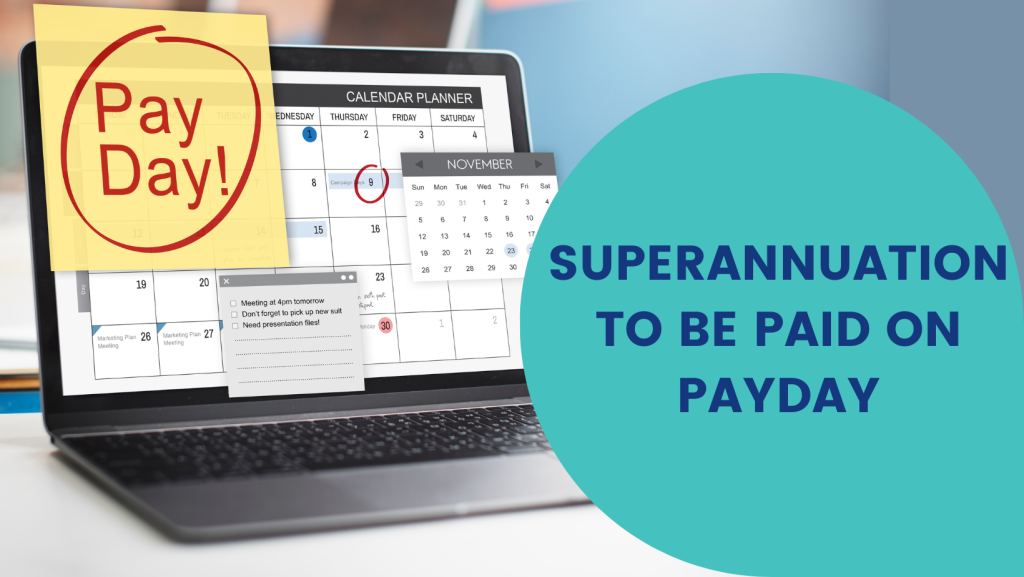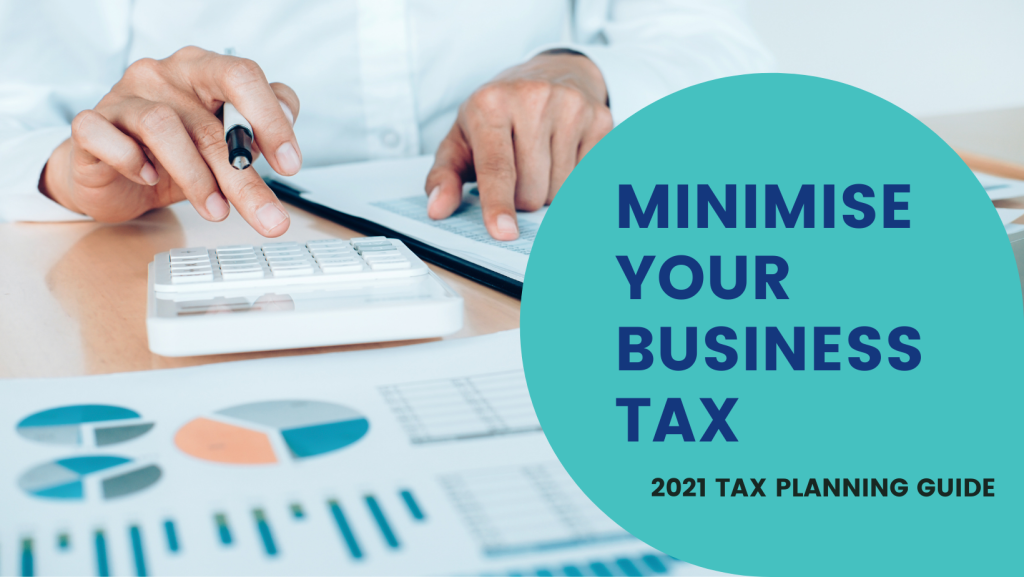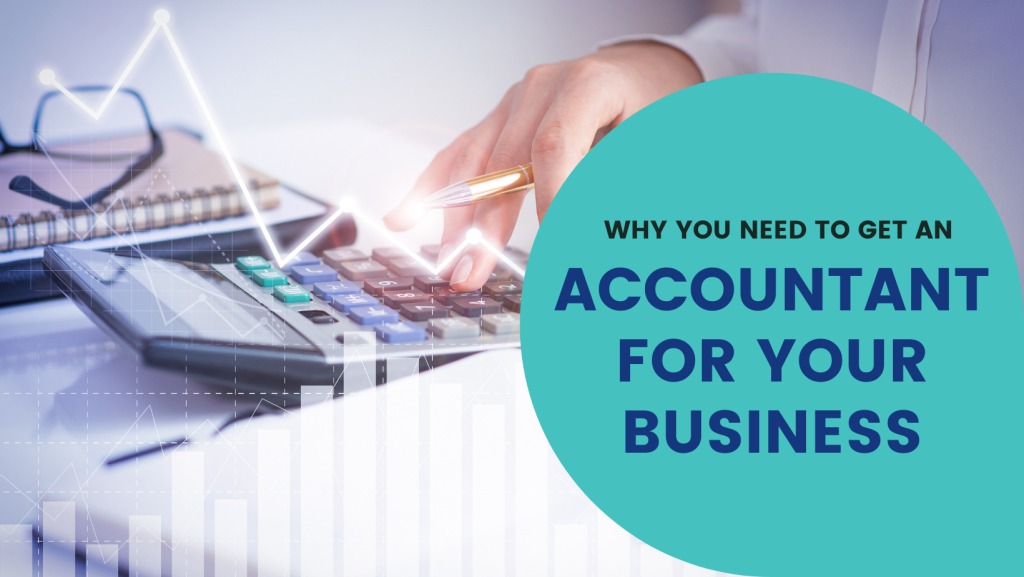
Changes are coming to the way superannuation is paid to employees. Starting from July 1, 2026, you will need to pay your employees’ super at the same time as their salary and wages.
WHAT YOU NEED TO KNOW
The way superannuation is paid to employees is changing, with the Australian government implementing new regulations. Starting from 1 July 2026, employers will be required to pay their employees’ superannuation at the same time as their salary and wages. The government argues that this change will benefit employers and workers alike, making payroll management smoother and reducing liabilities.
While most employers comply with regulations, the Australian Taxation Office (ATO) estimates $3.4 billion worth of superannuation went unpaid in 2019-20. To strengthen the system further, the ATO will receive additional resources to detect unpaid super payments earlier, and higher targets for payment recovery will be set.
Treasury and the ATO will consult closely with industry stakeholders in the second half of 2023 to ensure the effective implementation of these changes.
Employees can implement these changes before 1 July 2026, should they wish to.
In making these changes, the government believes the change will especially help people who work in low-wage, irregular, and unstable jobs because they are more likely to lose out on extra when it is paid less regularly. The government also believes women, who often work in these industries, will benefit significantly from this reform.
conclusion
The new system will take effect on 1 July 2026 and will mean when you pay your employees you will also need to pay them their superannuation.


